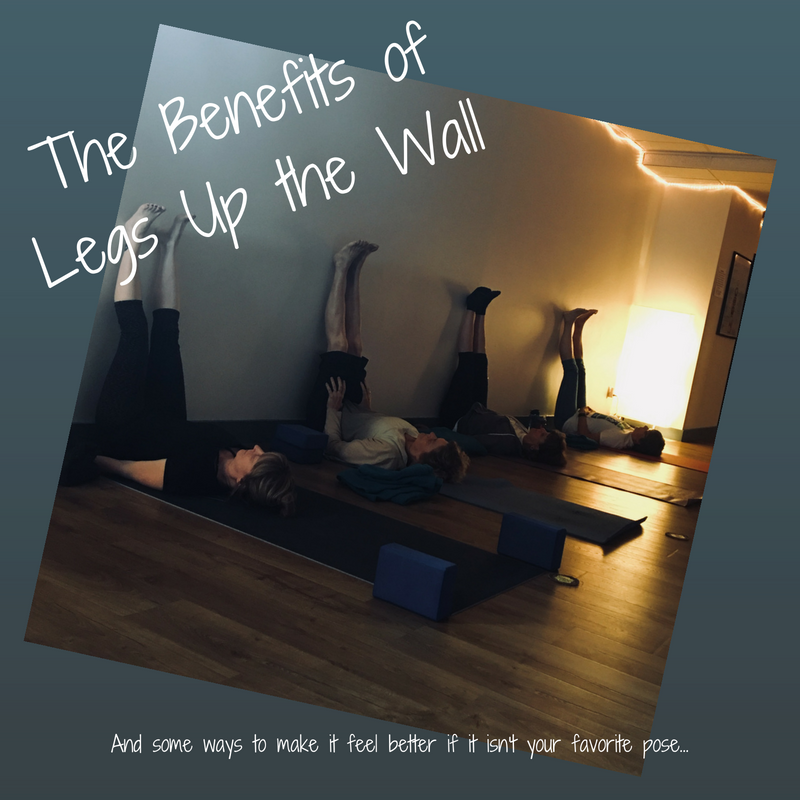Tools to keep you cool during the summer
/Seemingly overnight we've gone from the depths of winter to summer heat and humidity here in southern NH. While some may love this time of year, it's important to consider that the heat and humidity can take its toll on our bodies just has much as the cold of winter. As always, yoga has an answer for managing these changes but we should also consider science as well. Here are a couple of things I've learned from yoga and hiking that can help you manage how you feel this summer!
As many of you know, I've been doing a lot more hiking this year than I have in the past. I've always had a love for the outdoors but for a variety of reasons I've been limited in what I could do. With some new knowledge and new equipment I've been able to get out more and really enjoy being out there. But with the heat of summer comes one big challenge that we have to consider - hydration.
People talk about staying hydrated all the time, but did you know it isn't just about drinking water? And did you know that you can actually drink TOO MUCH water? While drinking water is very important and increasing your intake is necessary, especially if you are engaging in any challenging physical activity like your fast sweaty vinyasa yoga class or hiking a mountain, it isn't the only thing to consider. We also need electrolytes or we run the risk of potentially experiencing a condition known as hyponatremia. Hyponatremia occurs when the level of sodium in your bloodstream is too low. In rare cases it can be fatal. Many factors can be involved including medications you may be taking, but drinking too much water can also be a factor. Consider following this advice from the Mayo Clinic (full article linked above):
““Drinking water is vital for your health, so make sure you drink enough fluids. But don’t overdo it. Thirst and the color of your urine are usually the best indications of how much water you need. If you’re not thirsty and your urine is pale yellow, you are likely getting enough water.””
I've also had good luck with adding these tablets to my water recently. They have less sugar than typical "sports drinks" and fit into my yogic diet requirements. They're pretty tasty too! And just for the record I don't receive any money from these guys for an endorsement. ;-)
Yoga of course helps us manage something like the potential for Hyponatremia by being more aware of our bodies and recognizing more quickly what we need. But it also has a breathing practice that can help - Sitali!
To do Sitali breath you'll start by curling your tongue into an O shape like this:
If you're going to put a ridiculous selfie on the internet, at least include Ganesha!
If you can't do that don't worry! It's totally genetic. Either you can or your can't. If you can't, just let your tongue rest low and flat in your mouth instead.
Once you've got the position of the mouth you simply INHALE through the O shaped tongue or the open mouth over your flattened tongue and EXHALE by closing your mouth and breathing out through your nose. Do this several times and you will start to feel the cooling effect! I used to use this breath when I worked in NYC and had a 10 block run/walk to the train station in 90+degree weather like we're having now and didn't even break a sweat!
Give it a try and let me know in the comments if it works for you!














